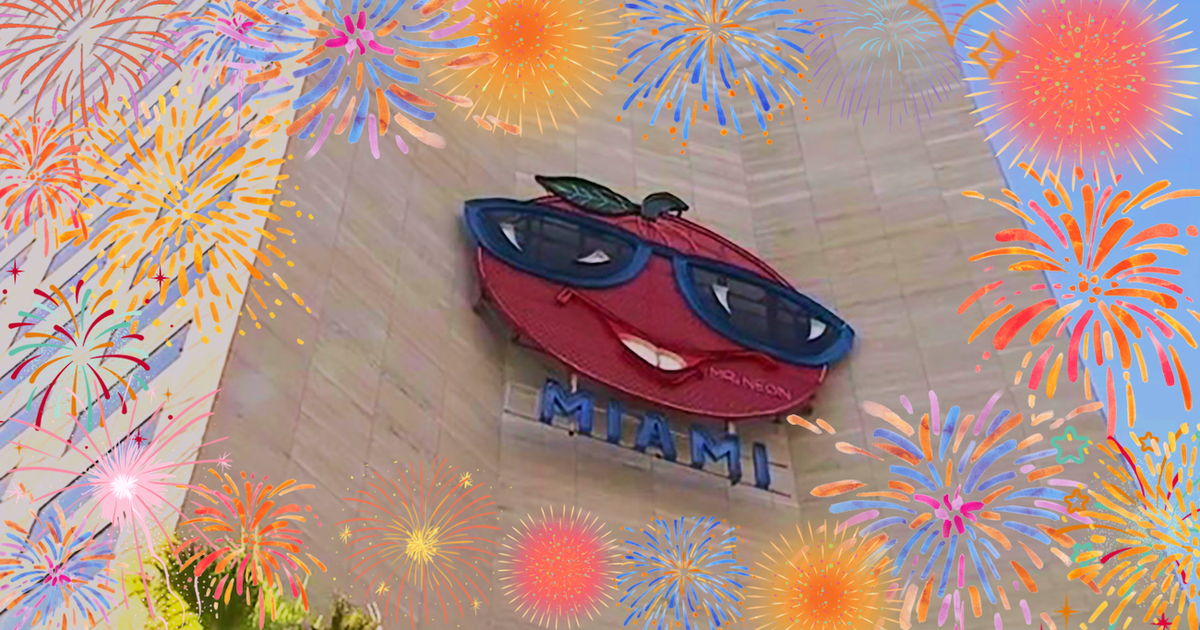It was supposed to take effect in March, but it was postponed to April and the benefit has not yet been credited to any account. Buyers reply to complaints
By Fabian Red
18/04/2023 – 4:13 p.m
Despite the announcements and advertising promotions that have flooded the media in recent days, the 10% refund on meat purchases vaccine has not started yet.
In the middle of the inflationary escalation and in its desire to find tools to reduce indices, deflate expectations, and at least minimally improve the purchasing power of the population, by announcing a new stage of “Fair Prices” the Government launched a plan that promised to refund a tenth of a meat purchase if it was done through an electronic means of immediate accreditation that would ensure the registration of the operation and in certain businesses.
This happened in the middle of February and promised that the return It would be within a period not exceeding 96 hours, equivalent to four business days. The measure is in effect from March 1 to December 31.
But it ran throughout March and buyers reply to complaints for not having received any refund in their accounts.
In view of the claims, towards the end of that month the AFIP reported that for operational and systems issues, the returns corresponding to March were going to be concentrated in April and then the stipulated deadlines would be respected.
However, entering the second part of April There has not yet been any draft or for the purchases in March, much less for those of the current month. As reported, new problems arose in the processing of information.

In order to obtain the 10% refund, the purchase must be made through debit cards
The return for meat purchases was not activated
Consequently, consumers are immersed in confusion since, in addition to obtaining the discount, certain requirements must be met that are sometimes not the best option for the pocket. For example, nothing is recovered if you pay in cash or if the purchase is made with credit cards.
In order to obtain the 10% refund, the purchase must be made through debit cards or with debit into account by using QR codes. Therefore, it is mandatory to have money in one of these payment instruments, which due to different circumstances are not always available to consumers.
In addition, purchases must be made at certain butcher shops, which in turn must be recorded in a special register.
The mechanism seeks to launder operations, in a highly informal sector.
Although it is a reasonable condition, in practice this imposition takes away alternatives from consumers in peripheral neighborhoods, where local businesses find it much more difficult to keep regulations up to date in order to stay within the program.
The situation is different in the cities or areas with the largest populations where the large sales areas are up to date with the documentation.

The returns were to start in March but have not yet been implemented
It should be noted that those responsible for butcher shops have no responsibility for the return of moneymore than issuing the corresponding tax ticket: “They ask me, sometimes in a bad way, but I have nothing to do with it,” said Marcela, who is in charge of the branch of a network of butcher shops established in the AMBA.
What should consumers do?
So far the only defense in sight for consumers is to save all purchase receipts and review bank statements. If it occurs, the return must appear under the name “Retail butcher shops refund”.
The benefit is capped at $2,000 per month, which implies purchases totaling $20,000.
The return also operates in case of buying the cuts included in the “Fair Prices” program. It is worth clarifying since most bank promotions exclude these cuts.
According to this plan that for the Government is still in force prices should be:
- Roast $1,068 kg
- Nalga $1,419 kg
- Matambre $1.352 kg
- Empty $1,394 kg
- Miss $697 kg
- Palette $1.149 kg
- Roast lid $1,068 kg
For the Patagonian region, prices are 6% higher and the cuts available are those without bones.
The prices of this program are significantly below those that are outside of this system and consequently consumers complain about the lack of supply.
But the claims do not end there, since when they are in the gondolas the quality is highly questioned.
- If the prices surveyed by INDEC for the March Consumer Price Index (CPI) are taken into account, the differences are of the order of 70%.
- Roast $1,769.29 per kg
- Common minced meat $1,047.42 per kg
- Palette $1,692.36 per kg.
- Quadril $2,086.58 per kg
- Buttock $2,224.76 per kg.
In light of this marked difference, there are doubts about the continuity of the official program.



